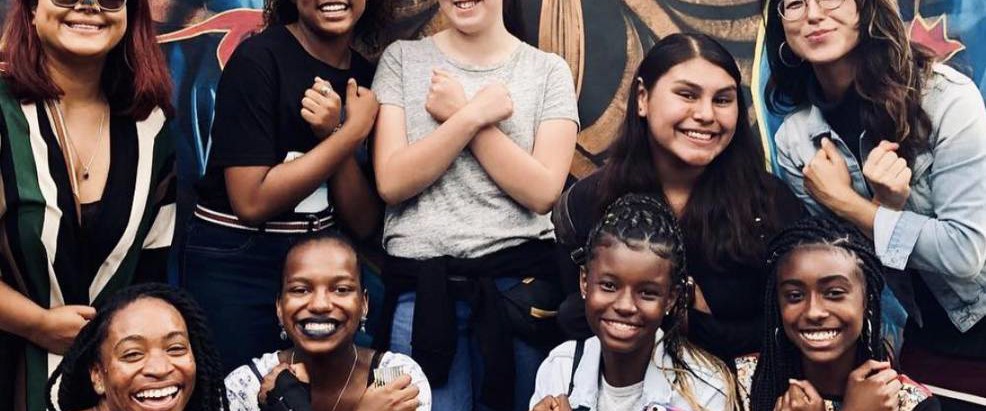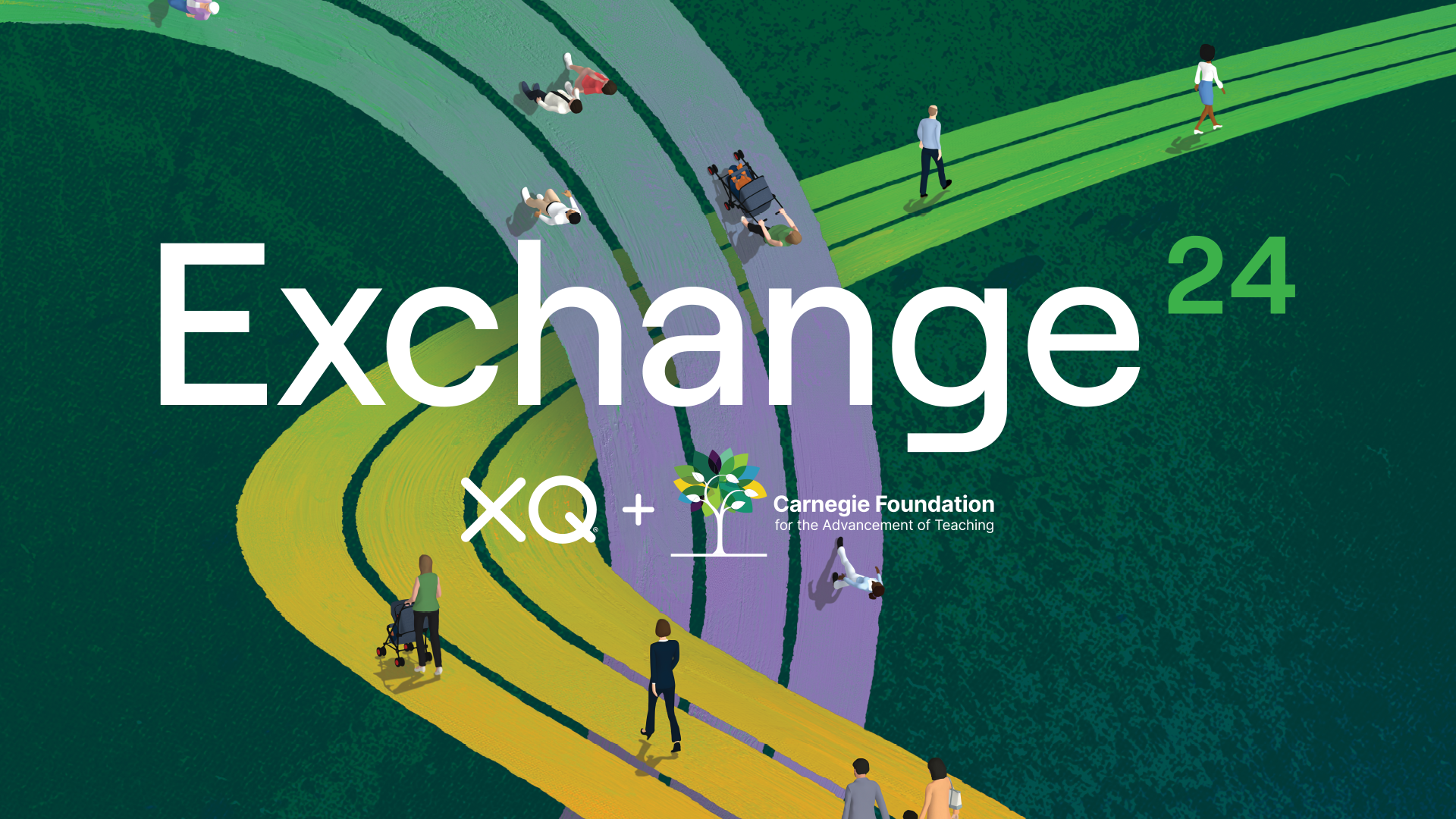Where the city meets the classroom: Latitude High opens in – and around – Oakland
This new interdisciplinary high school in Oakland uses their community as the classroom. Here’s how.

At Oakland’s newest high school, learning is a three-dimensional endeavor.
A humanities lesson, for example, doesn’t just happen in the textbooks. Students meet historians, journalists and history-makers themselves, visit the sites where important events transpired, and then work together as a student-run media company to create a podcast series about living history.
In their design-engineering class, students build their own audio speakers from scratch, using 3D modeling software and a laser cutter to design the casing, so they can play their podcasts on the very speakers they constructed.
Connecting Academics to a Larger Context
“We want the work that students do to be relevant and meaningful. Learning should be more than just what they read in a book,” said Lillian Hsu, principal of Latitude 37.8. “We want the academics to connect to a larger context — the city and world around them.”
Digging into the Dynamic Stories of the Region
Latitude 37.8, a charter school, opened in fall 2018 with 50 ninth graders, and will expand to eventually include 360 students. Located in one of the most diverse cities in the U.S., Latitude’s enrollment will reflect the mix of the city itself, and students will dig into the culture, resources, and dynamic stories of Oakland and the Bay Area more broadly.
Interviewing & Interacting with Local Changemakers
So far, students have interviewed social entrepreneurs, activists and other local “changemakers” about their work and how they view their roles in an ever-changing city. They’ve visited Bay Area tech giants such as Apple, YouTube, Mozilla, and Pandora, as well as smaller companies like Circuit Launch, a robotics start-up in East Oakland, and Elevator Works, a micro-manufacturing incubator in West Oakland.
One of their most productive visits was to Autodesk, maker of computer-assisted design software. Autodesk created the open-source Fusion360 program that students at Latitude used to design their audio speakers. Visiting Autodesk allowed students to see how the software they’re using in school can be used to design everything from 3D-printed limbs to sneakers to skyscrapers.
“We want students to take what they’re learning in the classroom and see the real-world possibilities,” Hsu said. “We want them to expand their sense of what they’re capable of.”
Helping Students Succeed
Challenging academics are also a key part of Latitude’s curriculum. The school offers all the courses required for California’s public university systems, as well as tutoring and other supports to help students succeed. The school also collaborates with programs such as College Track, as well as other nonprofits, to prepare students for the academic rigors and life skills required for college.
Four of Latitude’s staff members, including Hsu, are veterans of High Tech High Chula Vista, an internationally recognized school in San Diego County with an emphasis on science, math, and project-based learning that’s had particular success with students of color. As of 2016, more than 81 percent of the school’s African-American and Latino students had either graduated or were still enrolled in college, far exceeding state and national rates.
A Sense of Purpose
Hsu is hoping for similar results at Latitude. But she also wants students to gain something more: a sense of purpose. Strong community connections, the self-confidence that comes from accomplishment, and trusted bonds with faculty will all help students reach that goal, she said.“We want our students to have a strong sense of agency, a clear sense of where they’re going in the future,” she said. “We want them to have an integrated sense of their own identities. What are they passionate about? What’s the impact that they want to have on the world? And we want to make sure they have the academic and social-emotional skills to make those goals happen.”









